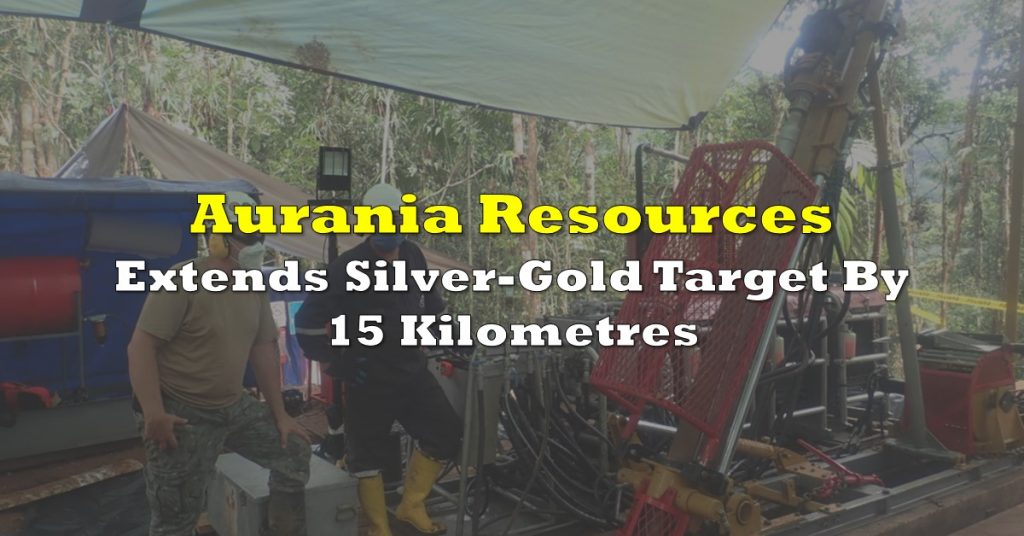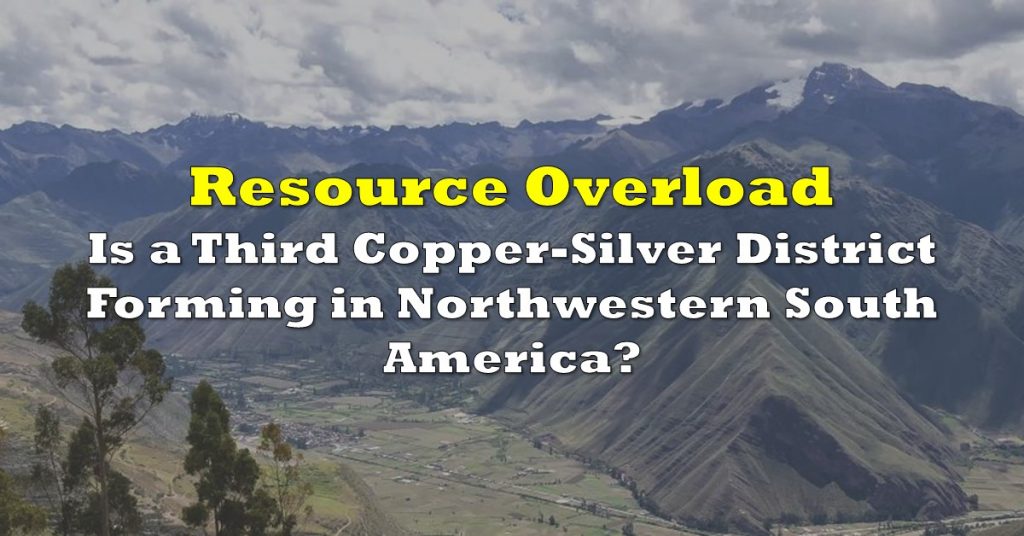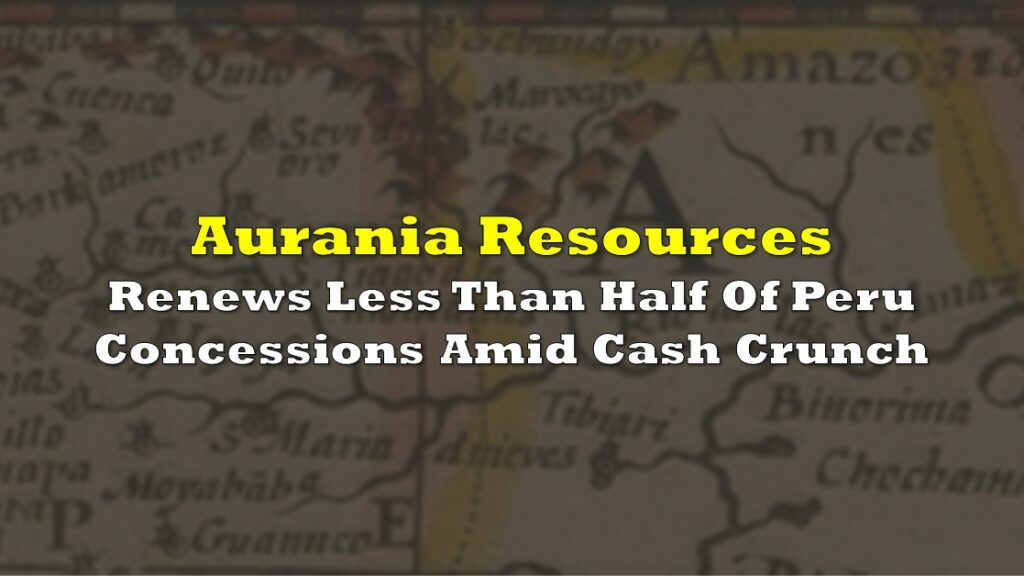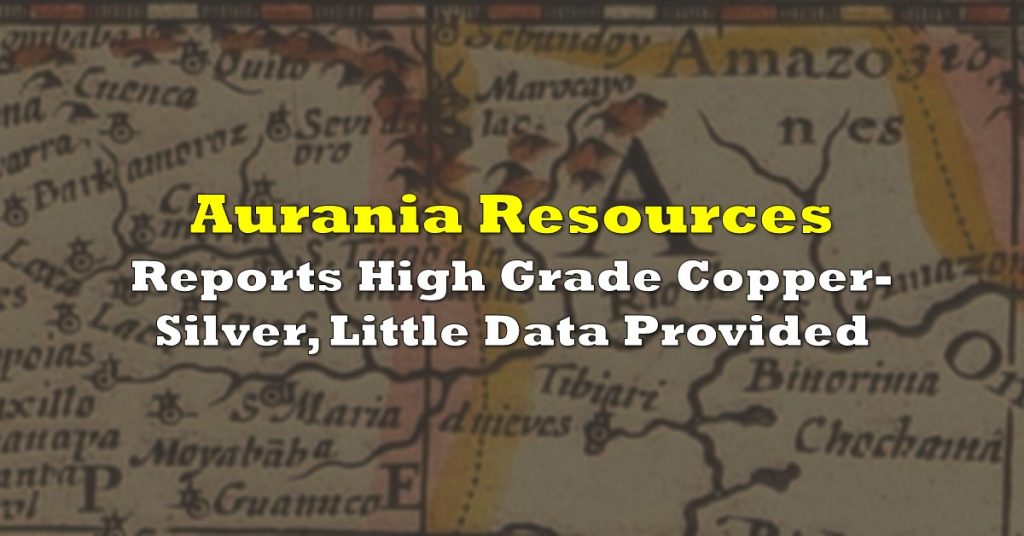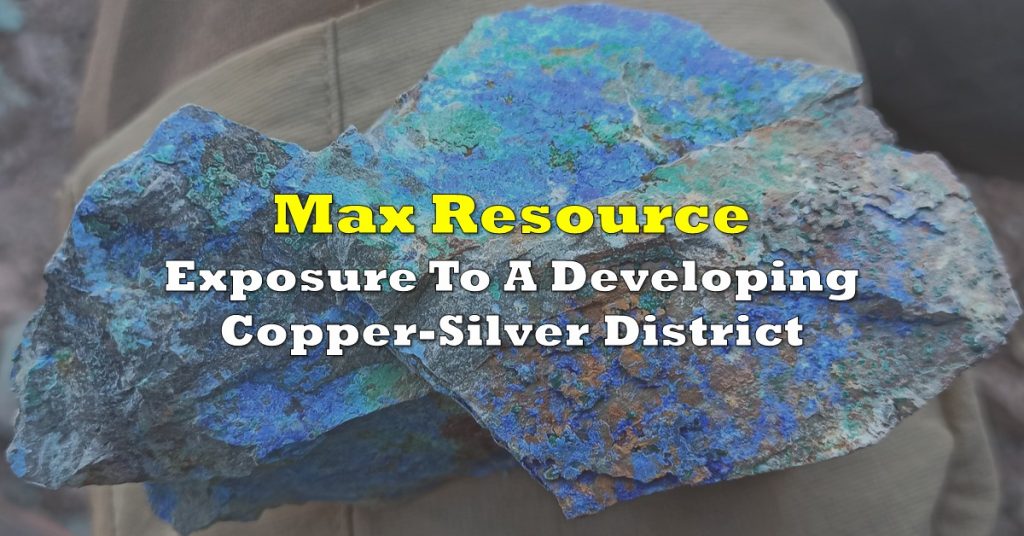Like lifted from a movie plot, gold explorer Aurania Resources Ltd. (TSXV: ARU) announced on Tuesday that the company has found the “lost city” of Logroño de los Caballeros in Ecuador–one of the country’s supposed ancient gold mines that were “lost” over time.
“More than four hundred years have passed since Spanish activity at Logroño ceased, and even though many of the records have been lost, what survives is a compelling narrative of gold mining in what would have been one of the most remote and isolated areas on Earth,” said CEO Dr. Keith Barron.
The mining firm worked with research firm Metron, which combined scientific data from Bayesian search methods, geological information from Aurania, and historical documents.
Aurania and @MetronInc Find Lost City of Gold in #Ecuador. #LostCitiesProject #gold #mineralexploration $ARU.V https://t.co/zIvbYBNtM7
— Aurania Resources Ltd. (@AuraniaLtd) May 31, 2022
However, the company also admitted that the site is not within its concession but is downstream and is exclusively alluvial gold. No archaeology has also been found to further support the theory that the location used to be the home of the lost city.
Wait, the city was “lost”?
The search for the historic site is part of the company’s Lost Cities Project, with the aid of the Ecuadorian government.
Very pleased to meet with Ecuador's Production and Foreign Investment Minister, Julio José Prado to discuss our #LostCitiesProject. #mineralexploration #Ecuador https://t.co/ZRNuqJzWIH
— Aurania Resources Ltd. (@AuraniaLtd) May 6, 2022
The tale starts in 1998 when Dr. Barron was then studying in a Spanish school in Quito and lodged with historian professor Octavio Latorre. He told him about the seven famous gold mines in Ecuador, five of which have already been relocated. The remaining two were still “lost.”
“It is sad that my colleague and mentor, Professor Octavio Latorre, did not live to see the fruit of his many thousands of hours of labor in the archives,” said Dr. Barron on the discovery of the “lost city”.
The two sites–Logroño de los Caballeros and Sevilla del Oro–are believed to be located within the Cordillera de Cutucu. The company, through its Ecuadorian subsidiary EcuaSolidus S.A., acquired what now comprises the mining firm’s concession block and aptly named Lost Cities – Cutucu Project, in the hopes of relocating the “lost” sites within its property.
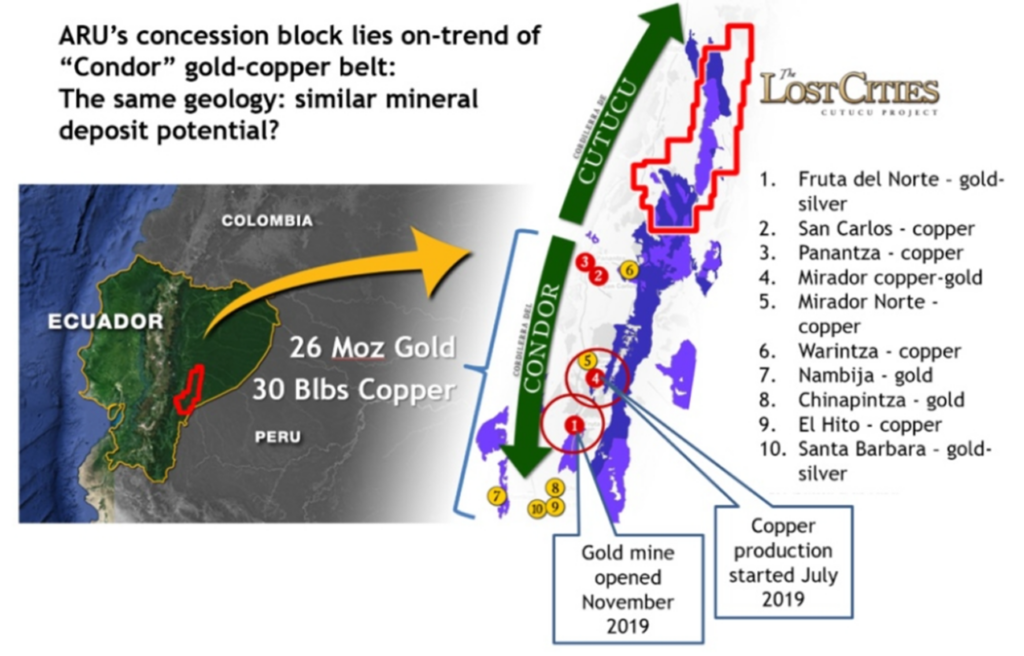
Discovery is not something new to Dr. Barron. He co-founded Aurelian Resources in 2001 and through which, discovered the Fruta del Norte gold site in 2006–a feat that gave him a couple of industry recognitions.
Aurelian was bought then by Kinross Gold in 2008. Four years later, Dr. Barron formed Aurania with the main thrust of relocating the two “lost cities.”
So how was it “found”?
16th century documents were studied and compared with Aurania’s exploration information and Metron’s search results. This led them to the valley of the Rio Santiago.
“The likelihood ratios that the team generated for porphyry style copper, epithermals and PbZn deposits based on stream sediments, geology, and magnetics were later combined with land use, structural setting, LiDAR features and radiometric response,” the company said. “To our knowledge, this is the first use of Bayesian search theory applied to “Big Data” generated through mineral exploration.”
As early as July 2020, Metron had already presented the Rio Santiago valley as the potential site for the “lost” Logroño de los Caballeros, but Dr. Barron was skeptical then. The firm remained skeptical until January 2022, when the gold explorer gained access to the area alongside the valley and found out that there are artisanal miners in the area.
This is further supported by 16th century documents that describe events that referenced Logroño de los Caballeros related to descriptions of a river.
“Despite the preponderance of evidence, the location of ancient Logroño can never be known with absolute certainty. There will be no stone signposts, and any archeological site along the river would likely have been swept away long ago during high water or by modern mining activity,” the company stated.
The site purported to be Logroño de los Caballeros sits to the south of Aurania’s 207,764-hectare mining concession block.

Parallel to the search for the two sites, the gold explorer has also discovered epithermal gold deposits within its concession–further bolstering its theory that there are untapped gold sources in the area.
What does this mean?
Technically, the firm’s announcement is more on the side of history than mining. The ‘gold’ part in the “lost city of gold” claim is yet to be proven.
The artisinal miners on Rio Santiago are estimated to have been producing “hundreds of thousands of dollars in gold each day.” Based on this throughput, the mining firm believes that the site used to be a solid gold resource akin to the present “Bonanza Creek in the Klondike when first discovered.”
The projected gold richness of the site complements a 1591 document that talks of a man who said under oath that Logroño de los Caballeros, “was the richest in gold of all the [then] Kingdoms of Peru.”
But the presence of artisanal miners also poses a crude competition for Aurania. So, the gold explorer said it is now “on the hunt to find Logroño’s source of gold” within the firm’s concession block.
“To date, we have found many epithermal gold-silver prospects on our concession package, and I believe that this key discovery can ultimately lead us to Logroño’s gold source,” said Dr. Barron.
Nevertheless, the news release on finding the “lost city” generated a positive, rug pull-like sentiment for the company. Its share price shot up by approximately 60.0% after the announcement before sharply declining back again. Trading had also been momentarilty halted following the press release.
Trading Halted for $ARU.V | Aurania Resources Ltd. | at 14:23 ET on TSXV | 2022-05-30 | At the Request of the Company Pending News | #stockmarket #tradinghalt https://t.co/tuJ8MFw7wO
— LiquidityNews (@LiquidityNews) May 30, 2022
In essence, this movie has found a major plot but hasn’t yet reached a happy ending–even if it sounded like one. And as Aurania continues to make decisions in its exploration journey to the gold of “lost cities,” one can only hope that it wouldn’t–as the Grail Knight would say–choose poorly.
Because some followers might already have.
In light of the Aurania news I've decided to start a gold exploration company that will utilize the power of Tarot cards and Ouiga boards to find the next 10 million oz. deposit. Need startup funds to hire a chief spirit guide.
— Ben Kramer-Miller (@TheWealthMiner) May 31, 2022
Any takers? $ARU.vhttps://t.co/8xAtYkKmOo
Aurania last traded at US$0.67 on the TSX Venture.
Information for this briefing was found via Sedar and the companies mentioned. The author has no securities or affiliations related to this organization. Not a recommendation to buy or sell. Always do additional research and consult a professional before purchasing a security. The author holds no licenses.





